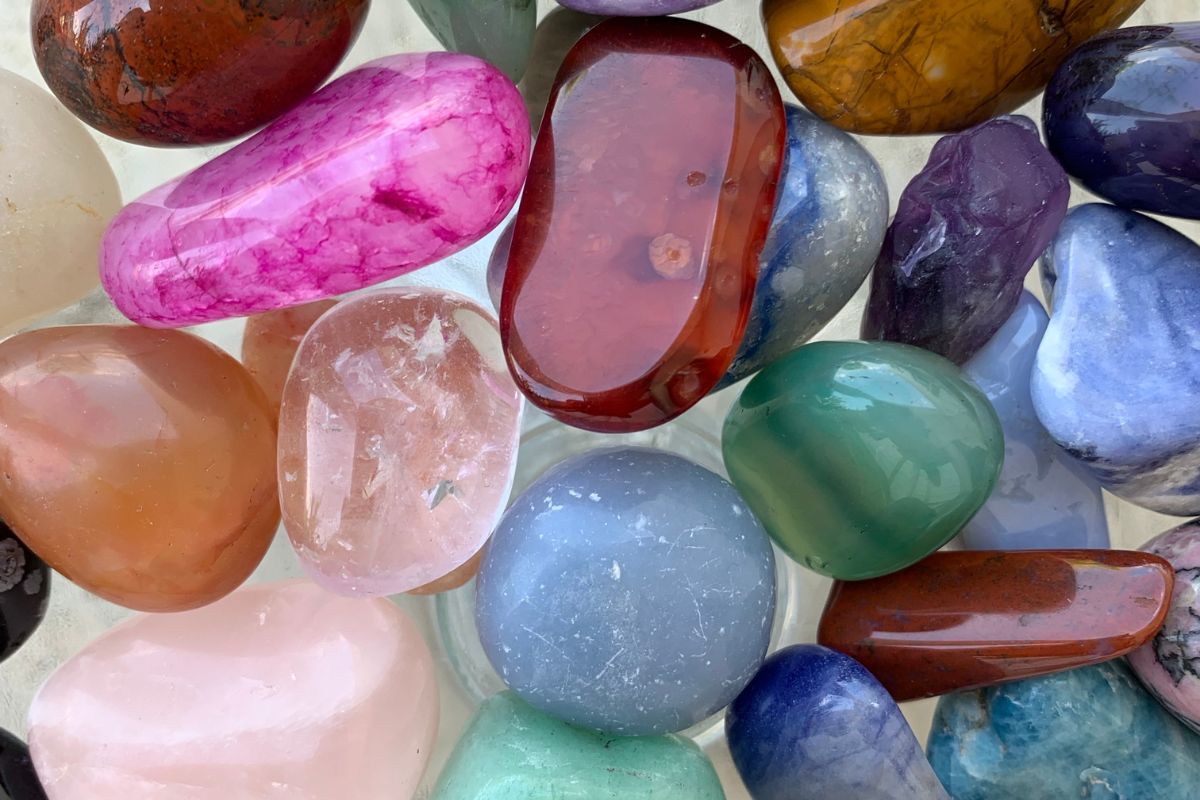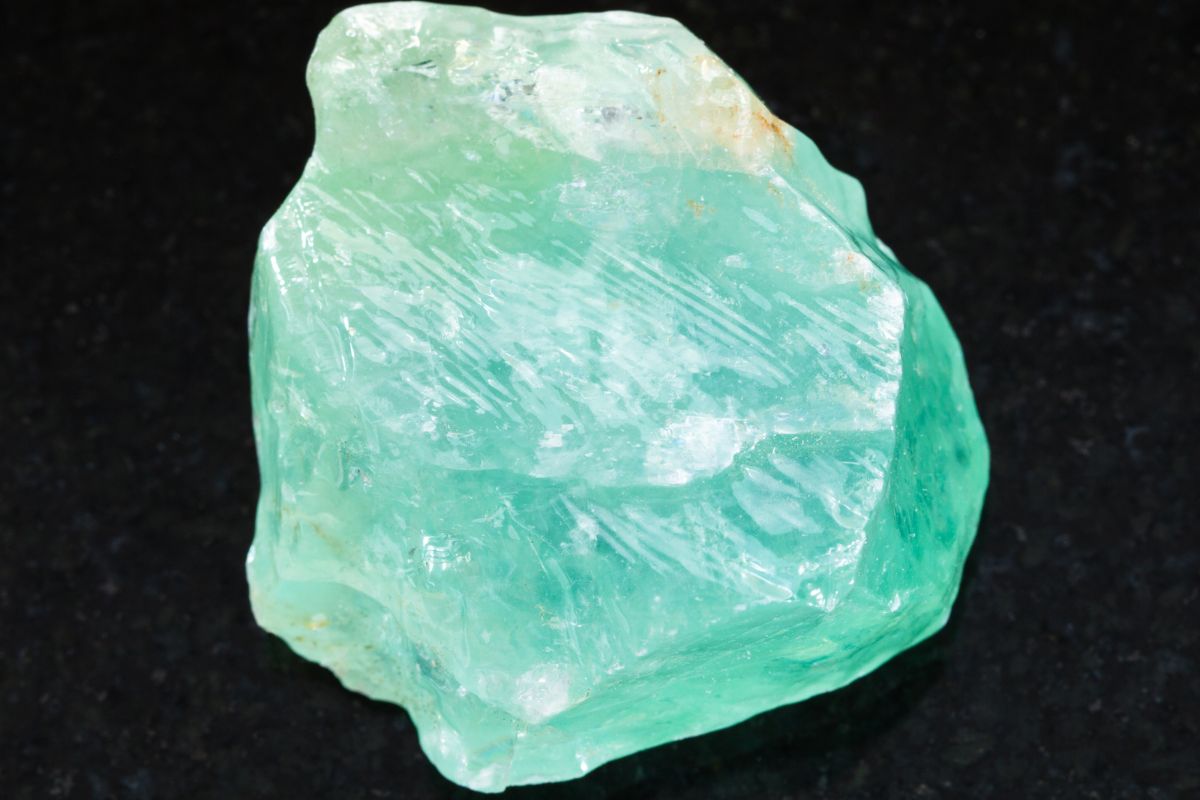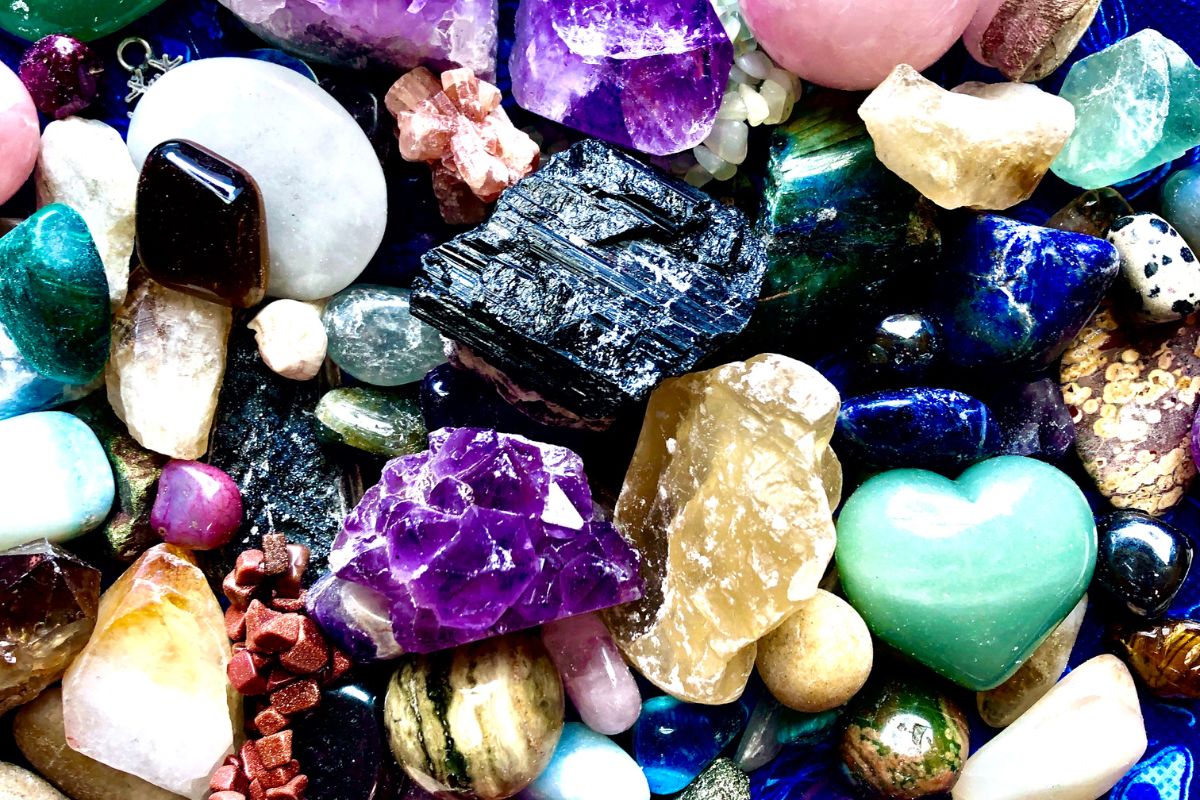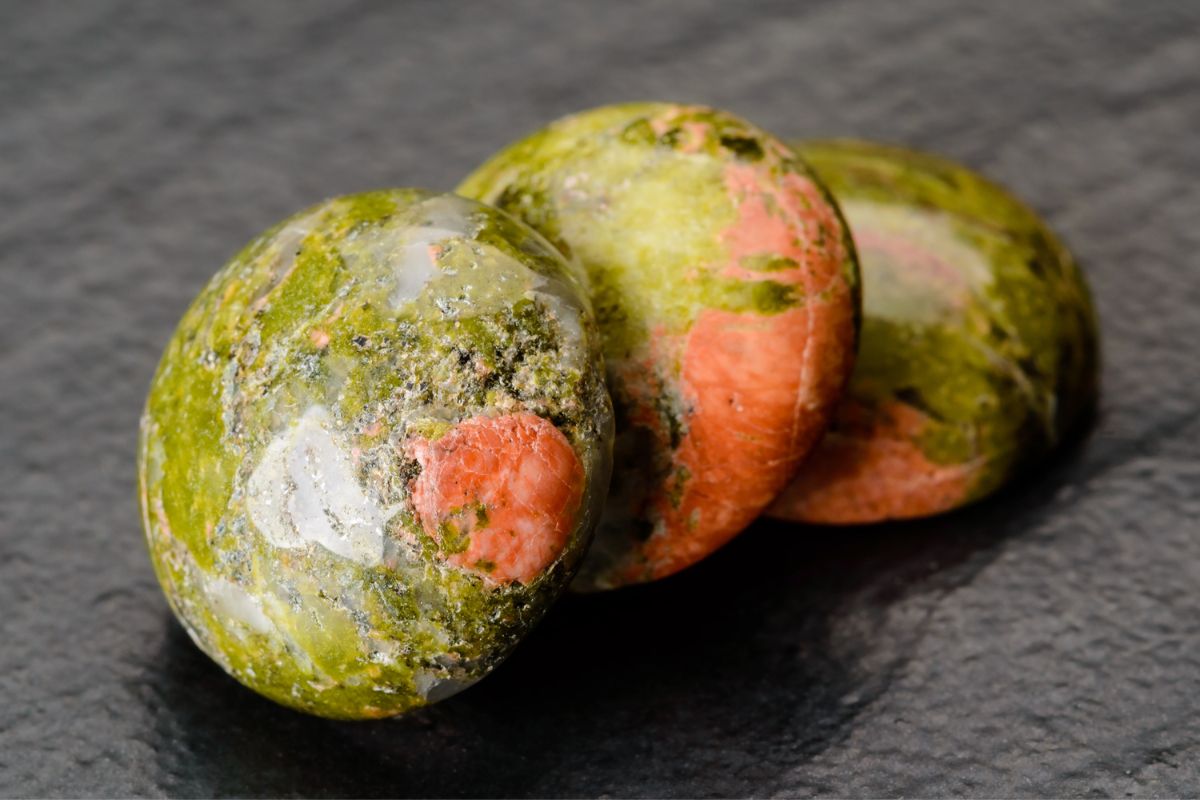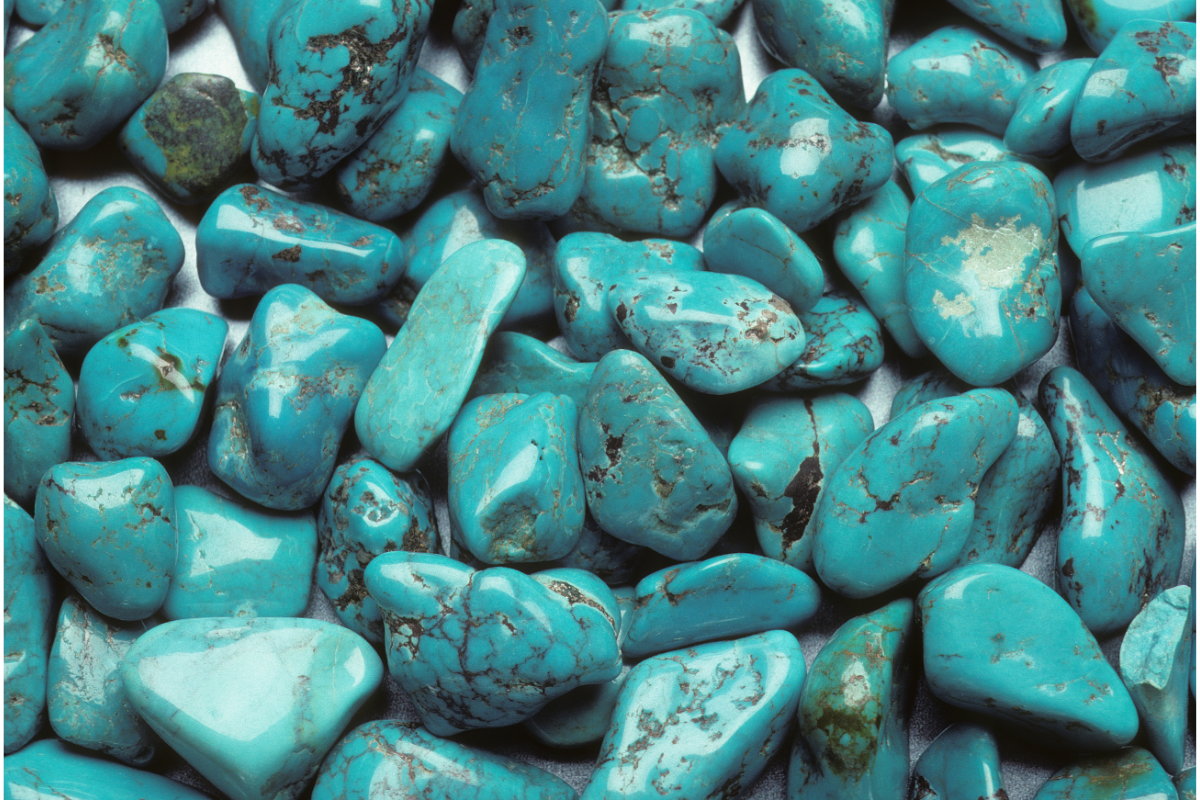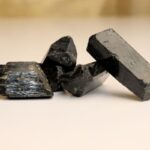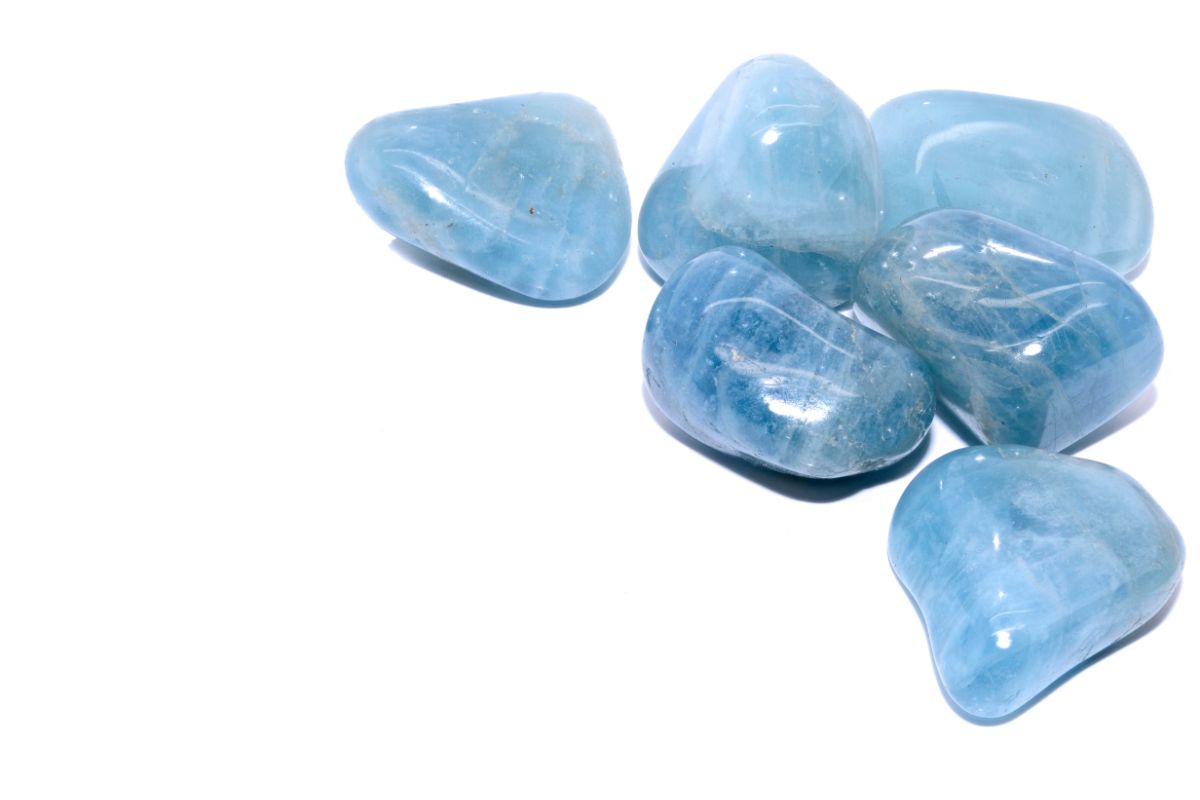Peridot is a gemstone cherished for its striking green color and its symbolic associations with renewal and rebirth.
Ensuring its lasting beauty requires a specific set of care practices, which are essential for preserving both its luster and hue.
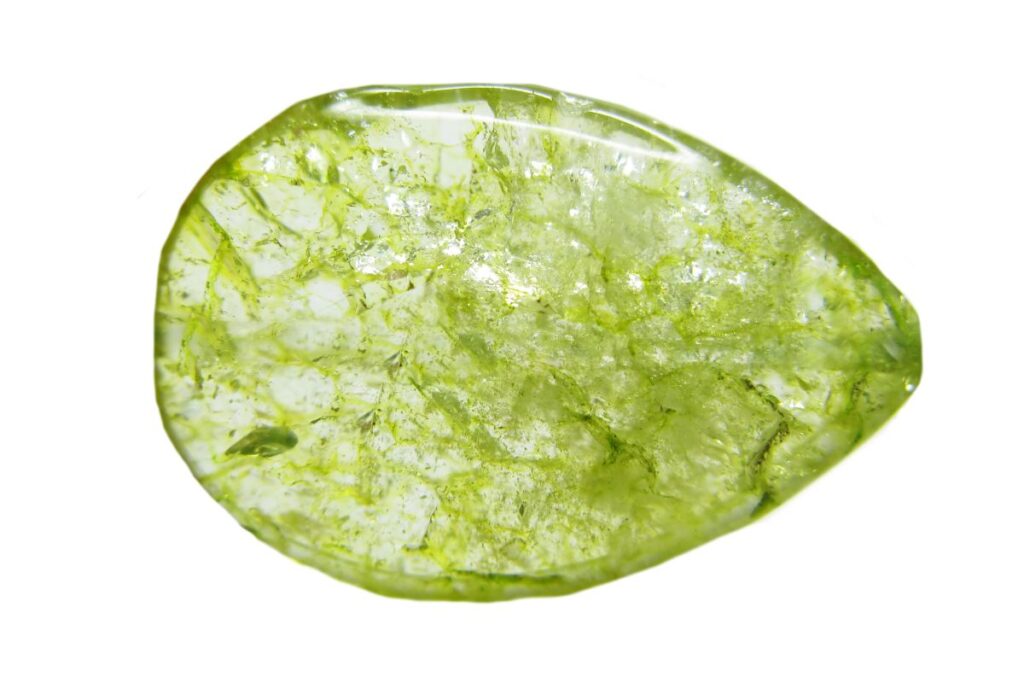
If proper care isn’t taken with this crystal, then it can lose its color and can become irreversibly damaged.
Damage can arise from too much light exposure, incorrectly storing the crystal, or exposing it to certain elements.
In this guide, we’ll take a look at how to look after your peridot and what can cause it damage.
A Quick Overview Of Peridot
Before diving into the intricacies of peridot care, it’s helpful to understand what makes this gemstone so special.
Peridot is most closely associated with the zodiac sign of Leo and is traditionally considered the birthstone for the month of August.
This vibrant green stone has been used for centuries for various purposes, ranging from jewelry to spiritual practices.
In metaphysical circles, peridot is said to bring clarity, light, and positive energy. Its striking green color is highly valued in fashion and gemology, often capturing shades from lime to olive green.
Given its symbolic and aesthetic importance, maintaining the stone’s beauty is essential.
Storing Your Peridot
The storage of your peridot plays a critical role in its long-term preservation.
Ideally, peridot jewelry should be stored in a soft, fabric-lined jewelry box in a compartment separate from other stones to prevent scratching.
If you have peridot tumble stones kept on an altar or a shelf, keep them free from dust and avoid direct exposure to light.
Since peridot is sensitive to both heat and light, the storage area should be cool and dark.
Storing it in a bank vault for extended periods, however, could potentially subject it to conditions that are too damp, so always consider the humidity levels in your chosen storage space.
Considerations When Cleansing And Charging Peridot
Cleansing and charging are often considered vital steps in maintaining the vibrancy and energy of any crystal, and peridot is no exception.
While many people turn to natural methods like water or moonlight for cleansing, it’s essential to remember that peridot can be susceptible to water damage due to its chemical composition.
Therefore, it is generally best to avoid using water for cleansing this particular gemstone and to instead opt for a method such as breath cleansing or smudging.
For charging, moonlight is a gentle option that won’t risk altering the stone’s color, unlike direct sunlight.
Does Peridot Fade In The Sunlight?
Yes, peridot can fade in sunlight. The sun’s rays can cause peridot’s vibrant green hue to lose its intensity over time.
While it may not happen instantly, prolonged exposure to sunlight can lead to noticeable dullness in the stone’s appearance.
Factors Influencing Peridot’s Susceptibility to Sunlight
The factors that make peridot more susceptible to sunlight include:
Chemical Composition: Peridot is essentially a form of olivine, a mineral composed of magnesium and iron silicates. The presence of iron is responsible for its green hue. Because of its specific chemical structure, peridot is more susceptible to alterations from heat and light compared to more resilient gemstones like diamonds.
Quality of the Stone: The quality of the peridot also plays a role. High-quality stones with fewer inclusions are often more stable, but they are not completely immune to the fading effect of the sun.
Duration of Exposure: The time for which the peridot is exposed to sunlight is a significant factor. Short periods are usually not harmful, but long-term exposure can lead to a noticeable change in color.
Intensity of Light: Direct sunlight is far more damaging than indirect light. Hence, a peridot ring worn outdoors in bright sunlight is more likely to fade than one stored in a softly lit room.
Further reading: Does Peridot glow in the dark?
Precautions To Take With Peridot
To mitigate the risk of your peridot fading in the sun, consider the following precautions:
Limited Sun Exposure: Limiting your peridot’s exposure to sunlight is the most straightforward precaution you can take. If you know you’ll be in the sun for an extended period, it’s a good idea to leave your peridot jewelry at home.
Proper Storage: When not in use, store your peridot in a cool, dark place. Jewelry boxes that are lined with soft fabric and that have individual compartments for each piece are excellent for this.
Regular Checks: Regularly inspect your peridot for any signs of fading. Early detection can help you take action before the color change becomes irreversible.
Consult Professionals: If you notice that your peridot is starting to fade, consult a gemologist or a professional jeweler. They might be able to suggest treatments to restore the stone’s color, although these are not always guaranteed to work.
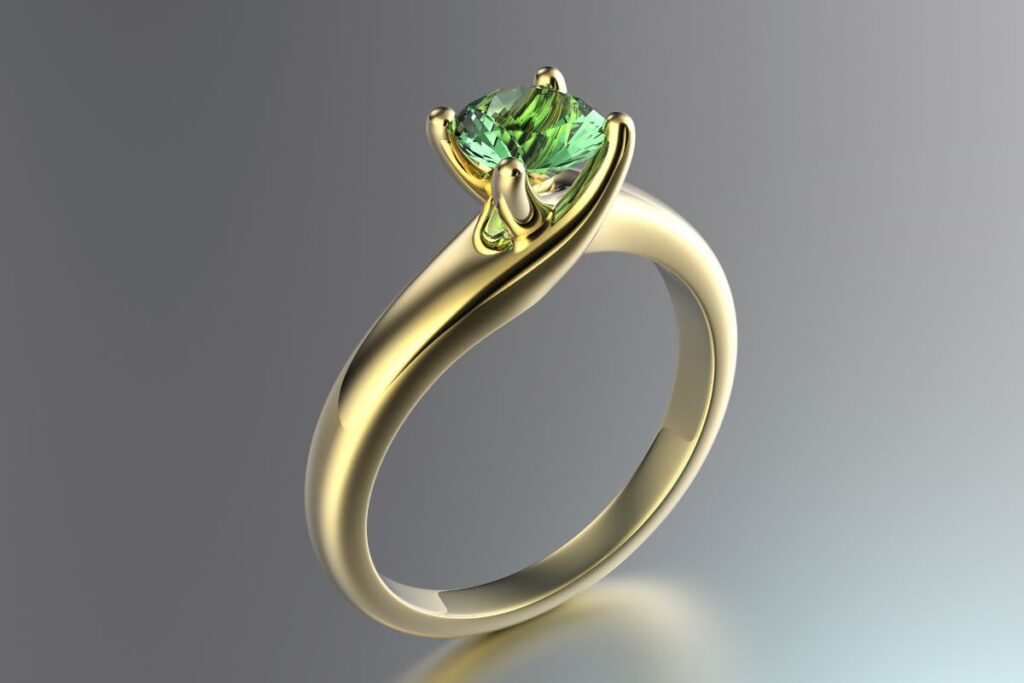
Reversing The Effects Of Faded Peridot
While minor fading might be hard to notice, more significant fading can diminish the gemstone’s value and beauty.
It’s worth mentioning that once a peridot fades, it’s generally challenging, if not impossible, to restore its original color.
While some commercial treatments claim to restore the color of faded gemstones, their effectiveness on peridot is yet to be universally acknowledged.
These treatments can also be costly and may further compromise the quality of the stone.
Additional Care Tips For Peridot
Besides protecting your peridot from sunlight, it’s also crucial to consider other elements like rapid temperature changes, harsh chemicals, and physical abrasion, as they can affect the stone’s appearance and durability.
Always remove your peridot jewelry when engaging in activities like swimming, cleaning, or gardening.
You may also like: How to activate Peridot.
In Summary
Proper care for your peridot involves several steps that go beyond merely storing it correctly.
From understanding how to cleanse and charge your peridot without causing damage to knowing the risks of sun exposure, caring for your peridot requires a well-rounded approach.
Unfortunately, some effects, like fading due to sun exposure, are irreversible, underlining the importance of preventative measures.
By taking the right precautions and storing your gemstone under optimal conditions, you can preserve the luster and vibrancy of your peridot for years to come.
- 15 Crystals That Cannot Be Exposed To The Sun - January 7, 2024
- Malachite Vs Fuchsite – Benefits And Uses - January 7, 2024
- Malachite Vs. Green Jasper: Benefits And Uses - January 7, 2024



